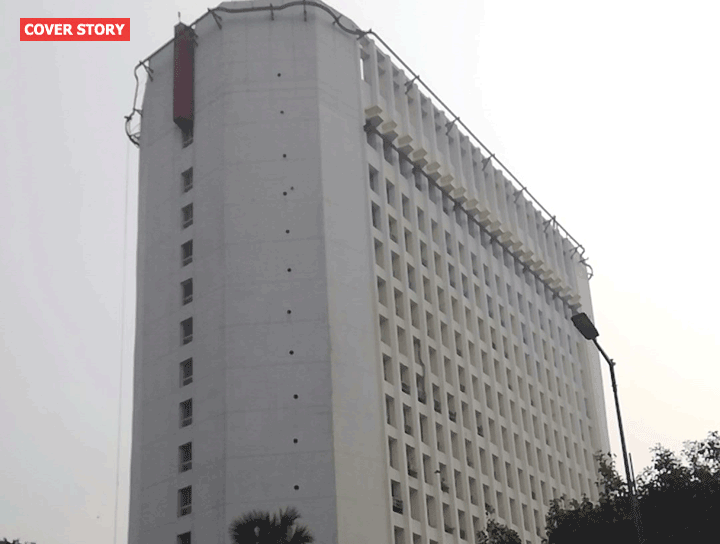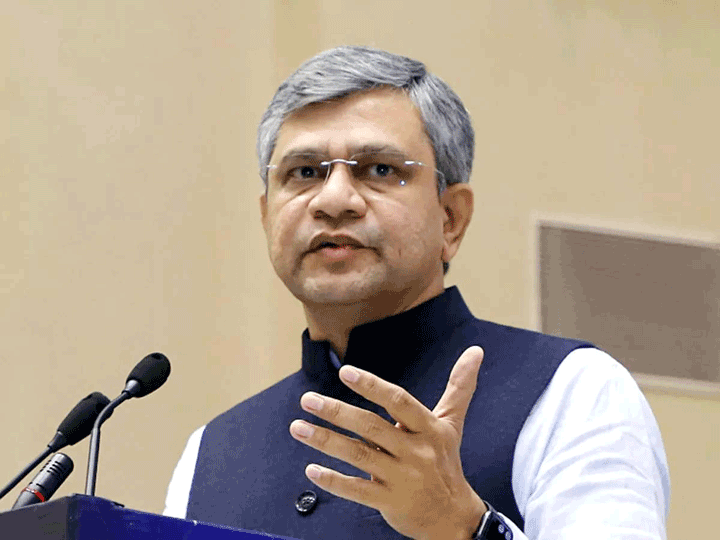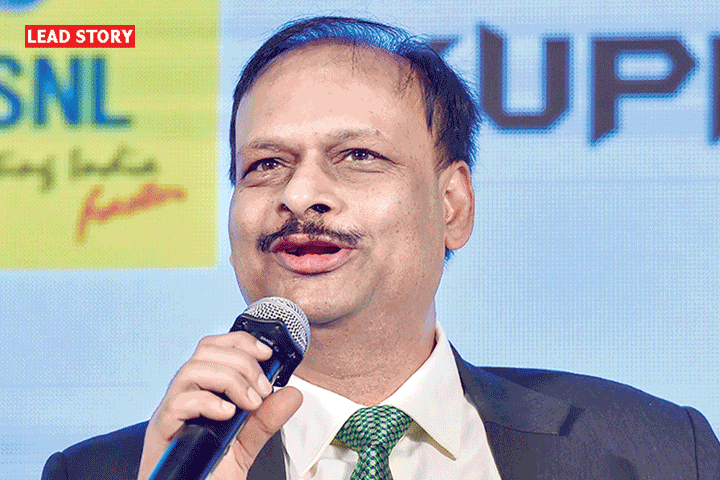India has largest domestic communication satellite system globally today: NSIL Chairman
India has the largest domestic communication satellite system in the world today, said a senior official of NewSpace India Limited (NSIL) which is the commercial arm of the Indian Space Research Organisation (ISRO).
The country’s domestic communication satellite market demand is primarily being met through geosynchronous (GEO) satellites which are operating in the Ku- and Ka- bands, as well as, through high-throughput satellites, while low-earth orbit (LEO) space broadband services is an emerging trend.
“Today, India has the largest domestic communication satellite system in the world and the GSAT system has enabled the expansion of broadcasting and connectivity services in the country,” said D Radhakrishnan, Chairman of NewSpace India Limited in a keynote address Wednesday at the first edition of the India Satcom Symposium 2024.
Organised by ETSatcom, the conference has seen participation from top industry executives worldwide as well as regulatory and government officials from the Indian National Space Promotion and Authorisation Centre (Inspace), Telecom Regulatory Authority of India (TRAI), NewSpace India Limited (NSIL), and the Indian Space Research Organisation (ISRO).
NSIL today owns and operates 11 communication satellites in orbit that are meeting the communication needs of India, he said, adding that NSIL is offering commercial services through three high-throughput satellites owned by ISRO.
“In our effort to further meet the domestic communication needs, NSIL built and launched the GSAT-24 communication satellite with 24 Ku-band band transponders during 2022. In fact, this mission was fully funded by NSIL as part of the mandate that was given to us to be a demand-driven mission,” Radhakrishnan said.
NSIL collaborated with direct-to-home (DTH) firm Tata Play to launch the GSAT-24 satellite in June last year which will enable the latter to provide its users with sharper image quality and improved audio, along with the ability to carry 50% more channels.
To further meet India’s growing demand for broadband communication needs, NSIL will launch the GSAT-20 (renamed as GSAT-N2) satellite onboard Elon Musk-owned SpaceX’s Falcon-9 rocket in Q2 2024.
“It (GSAT-20) has a footprint over the Indian mainland and neighboring islands. It is a Ka-band satellite with a throughput of around 48Gbps. I’m very sure the services rendered by GSAT-20 are going to bring in a new revolution in the country in terms of having broadband connectivity to the inaccessible areas of our country,” the Chairman said.
The Centre set up NSIL under the Department of Space (DoS) on March 6, 2019. It has been tasked to carry out roles and functions such as small satellite technology transfer to the industry, manufacturing the small satellite launch vehicle (SSLV) with the private sector, productionisation and marketing of space-based products and services, and others.
Citing market research data, he said that the global satellite industry is worth nearly $270-300 billion, of which the market for communication services is approximately $125 billion.
“…with all the emerging scenarios, existing considerable growth in the Indian space-related activities is envisaged and we are looking at in the future, maybe eight to 10 years, the present market share of Indian space activity in the global scenario is going to substantially rise from the level that we are at presently,” he concluded.
The Centre in April 2023 released the Indian Space Policy 2023 which allows private LEO and medium-earth orbit (MEO) satellite constellation operators to launch broadband-from-space services in the country.
Companies such as Bharti Group-backed OneWeb, Elon Musk’s Starlink, Amazon’s Project Kuiper, Canada’s Telesat and the Reliance-SES combine, amongst others, are eyeing the nascent market. EY estimates India’s space economy to grow to about $13 billion by 2025 from around a $ 1 billion annual revenue opportunity.











